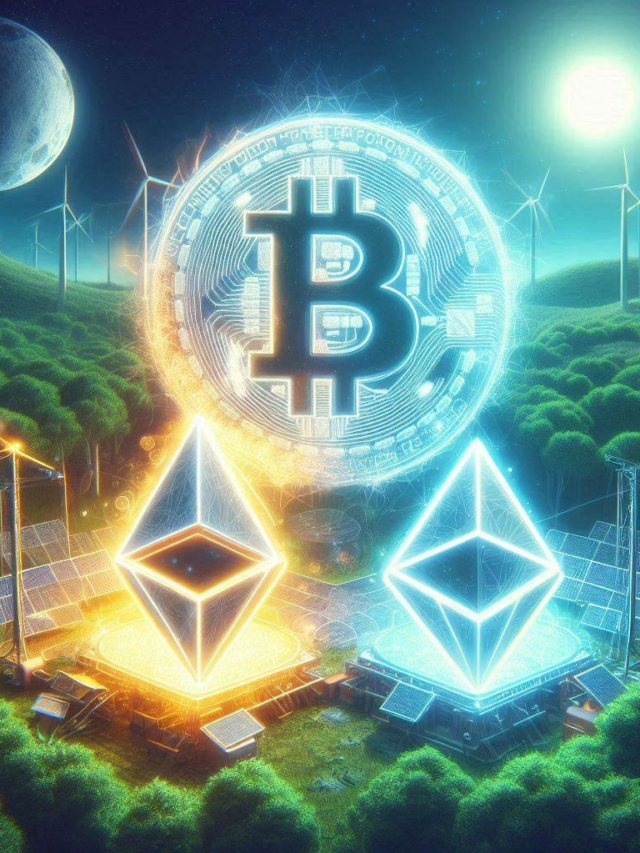Binance Coin (BNB) is the native cryptocurrency of the Binance exchange, one of the largest in the world. Launched in July 2017, BNB has evolved from a basic utility token to a versatile asset with various uses in the blockchain ecosystem. It offers benefits like reduced trading fees on the exchange, payment options for goods and services, and opportunities for staking to earn rewards. BNB’s supply is capped, and periodic token burns help manage its value. With growing demand fueled by decentralized finance (DeFi) applications and continuous development within the Binance ecosystem, BNB is set for future growth. Understanding its utility and Market dynamics is key to navigating the cryptocurrency landscape effectively.
Introduction to Binance Coin (BNB)
In the fast-paced world of cryptocurrency, it’s crucial to grasp the role of various tokens. One key player is Binance Coin (BNB), which serves as the native currency of the Binance exchange. Launched in July 2017, BNB has evolved beyond a basic utility token to a versatile digital asset with numerous applications in the blockchain ecosystem. Many investors leverage tools like Crimson Flux Ai to deepen their understanding and make informed decisions in this complicated Market.
The Birth and Evolution of BNB
Initially, Binance Coin was created as an ERC-20 token on the Ethereum blockchain and raised around $15 million during its Initial Coin Offering (ICO). In April 2019, Binance transitioned BNB to its own blockchain, the Binance Chain, significantly improving transaction speeds and lowering fees. This transition laid the groundwork for a unique decentralized financial ecosystem, further expanded by the launch of Binance Smart Chain (BSC) in September 2020, which supports smart contracts and dApps.
Understanding BNB’s Utility and Use Cases
BNB offers various significant functions within and beyond the Binance ecosystem, including:
– Reduced Trading Fees: Users can pay trading fees with BNB and enjoy discounts of up to 25%, boosting demand for the token.
– Payment Method: BNB can be used for a variety of payments, from online shopping to travel bookings, thanks to partnerships with numerous merchants.
– Staking and Earning Rewards: BNB holders can stake their tokens for rewards or join various earning programs, allowing them to generate passive income.
Tokenomics: The Economic Model Behind BNB
BNB’s supply is capped at 200 million tokens. A defining feature of its tokenomics is periodic token burns, where Binance uses 20% of its profits to buy back and permanently remove BNB from circulation. This deflationary mechanism helps reduce supply and may enhance the token’s value over time.
Security and Storage of BNB
Users have several options for storing and securing their BNB:
– Hardware Wallets: These devices securely store private keys offline, making them the safest choice for long-term storage.
– Software Wallets: Non-custodial wallets like Trust Wallet offer a balance of security and accessibility but carry some online risks.
– Custodial Wallets: Many users store BNB on exchanges for ease but expose themselves to potential hacks since they don’t own the private keys.
Market Performance and Price Trends
Since launch, BNB has experienced significant price fluctuations. Starting around $0.10 during its ICO, it skyrocketed to over $600 at its peak. Prices are influenced by Market sentiment, Binance trading volumes, and developments within the ecosystem. The growth of DeFi applications on BSC has further increased BNB’s demand.
The Future of BNB and the Binance Ecosystem
Looking forward, BNB seems set for ongoing growth, especially with continuous improvements in its ecosystem. Enhancements aimed at scalability, security, and functionality of BSC are expected to draw more developers and users. However, BNB faces challenges like regulatory scrutiny and competition from other blockchain platforms.
Conclusion
In summary, Binance Coin (BNB) has become a crucial element in the cryptocurrency landscape. Transitioning from a utility token to a multifaceted asset, understanding BNB’s background, usage, and Market dynamics sheds light on its role in the crypto ecosystem. As Binance continues to innovate, BNB is projected to remain an influential player in the Market.
Tags: Binance Coin, BNB, cryptocurrency, Binance exchange, blockchain, cryptocurrency investment, tokenomics.
What is Binance Coin?
Binance Coin, or BNB, is the digital currency used on the Binance exchange. You can use BNB to pay for trading fees, participate in token sales, and even for purchases at certain online stores.
How can I buy Binance Coin?
You can buy Binance Coin on several cryptocurrency exchanges, with Binance being the most popular. First, create an account, deposit funds, and then you can exchange your money for BNB.
What can I do with Binance Coin?
You can use BNB for various purposes, like paying lower trading fees on the Binance exchange. It can also be used for staking, trading, and certain payments at online shops that accept cryptocurrency.
Is Binance Coin safe to invest in?
Like all cryptocurrencies, investing in Binance Coin carries risks. It is essential to do thorough research, understand the Market, and only invest what you can afford to lose.
What is the future of Binance Coin?
While no one can predict the future of any cryptocurrency, Binance Coin has shown growth and added many features since its launch. Its ongoing development and use in the Binance ecosystem suggest that it may continue to be popular in the future.






